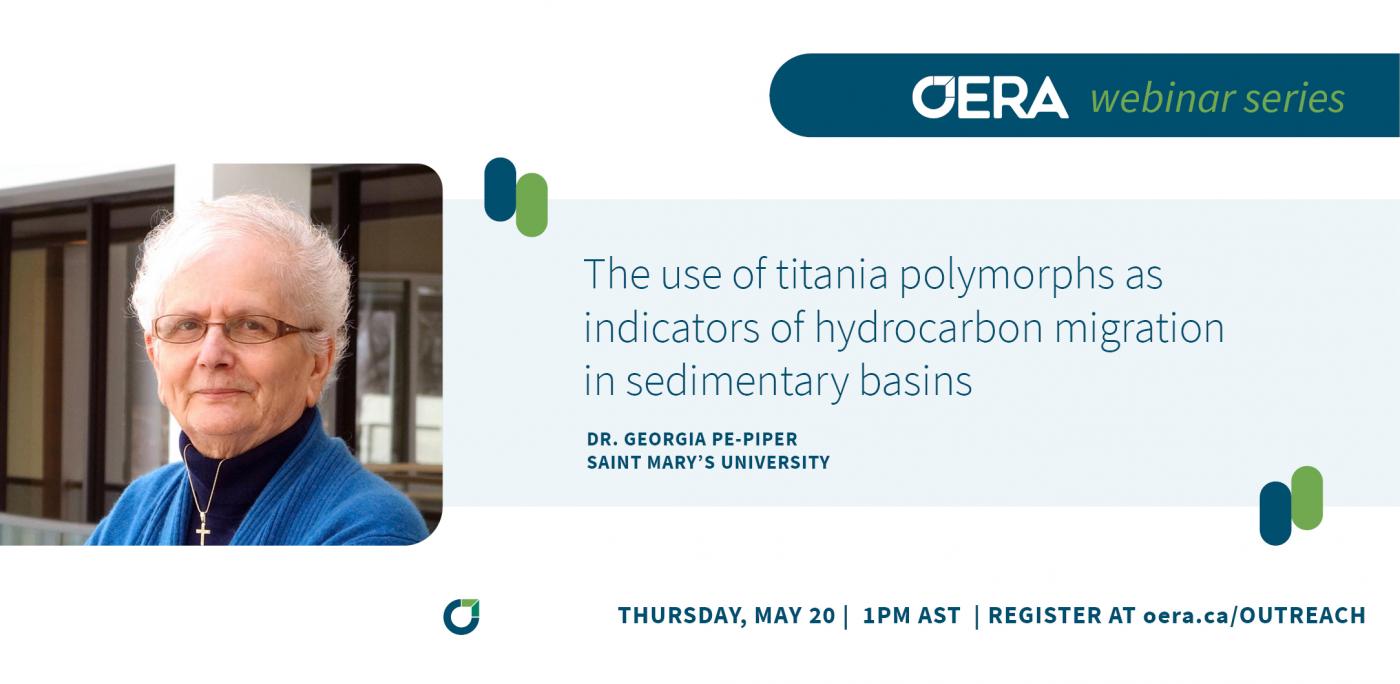Dr. Georgia Pe-Piper, Saint Mary's University
The main goal of this project is to determine if diagenetic titania polymorphs can be used as a tool in tracking hydrocarbon migration in sedimentary basins. Titania (TiO2) occurs as three main polymorphs. Rutile is mostly pedogenic; anatase is prominent during eodiagenesis, particularly in lowstand systems tracts; and brookite is predominantly late mesodiagenetic. Ti, similar to V and Fe, can be readily mobilized when hydrocarbon-rich fluids are generated in sediments. Gas reservoirs in the Scotian Basin have common brookite, whereas the water intervals of reservoirs have anatase. Formation of brookite rather than anatase or rutile during mesodiagenesis may be due to the incorporation of V and Fe during hydrocarbon charge.
M.Sc. project of Alexis Imperial, Saint Mary’s University. Principal investigator: Georgia Pe-Piper, Saint Mary’s University

